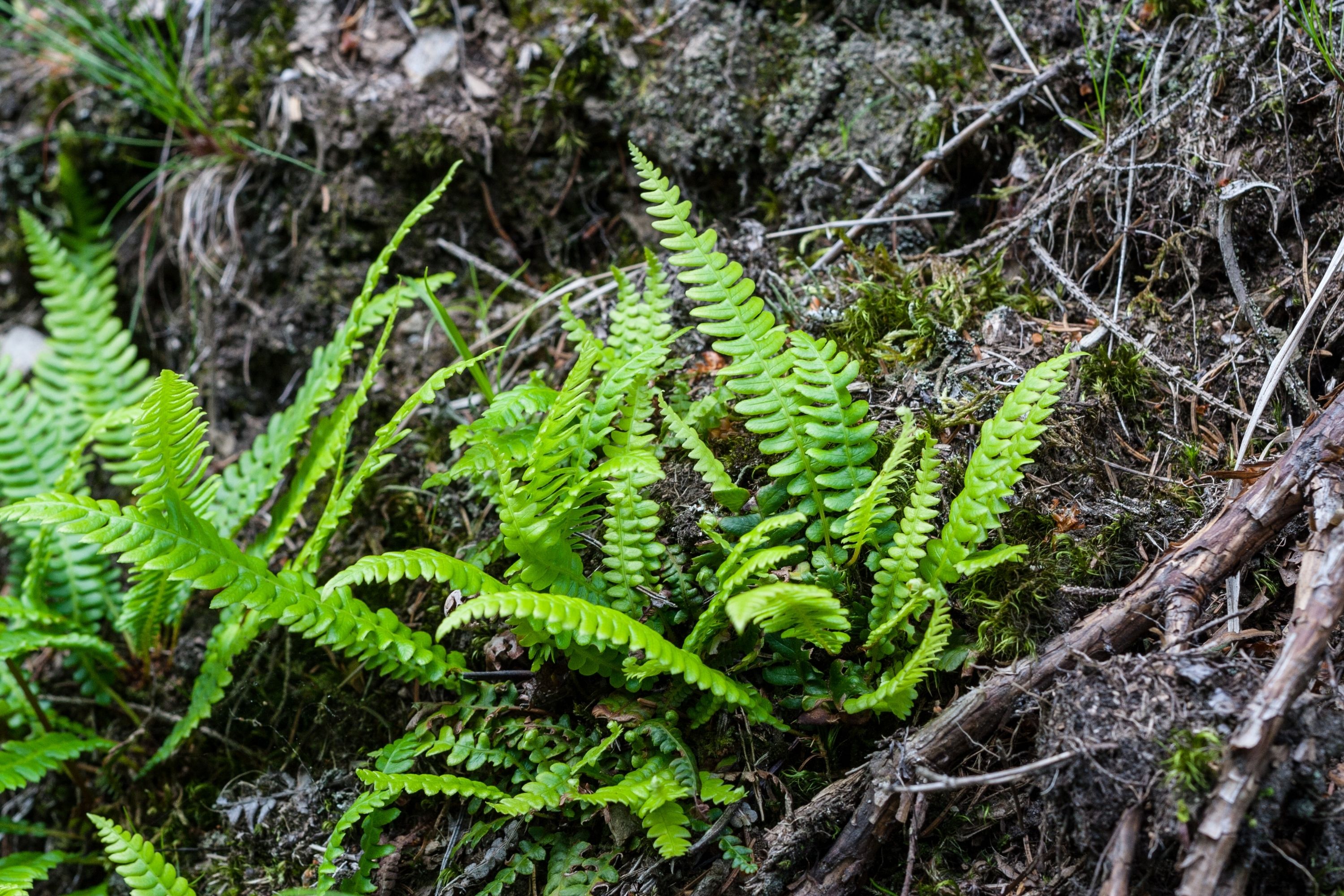Dotted Polypody
(Polypodium pellucidum)

Description
The plant species is Polypodium pellucidum belongs to the head Tracheophyta, and was first described by Georg Friedrich Kaulfuss. Polypodium pellucidum belongs to the genus Polypodium, and family Polypodiaceae. This species is propagated by: Hawaii The genus is divided into subdued types: P. p. opaque P. p. pointed P. p. volcanic Polygonum is a genus of about 130 species of flowering plant in the buckwheat and knotweed family Polygonaceae. Common names include knotweed and knotgrass (though the common names may refer more broadly to plants from Polygonaceae). In the Middle English glossary of herbs Alphita (c. 1400–1425), it was known as ars-smerte. There have been various opinions about how broadly the genus should be defined. For example, buckwheat (Fagopyrum esculentum) has sometimes been included in the genus as Polygonum fagopyrum. Former genera such as Polygonella have been subsumed into Polygonum; other genera have been split off. The genus primarily grows in northern temperate regions. The species are very diverse, ranging from prostrate herbaceous annual plants to erect herbaceous perennial plants. Polygonum species are occasionally eaten by humans, and are used as food plants by the larvae of some Lepidoptera species – see list. Most species are considered weeds in Europe and North America. When the genus is defined narrowly, Polygonum species are annual or perennial herbaceous plants, rarely shrubby, with much branched stems. The leaves are arranged alternately, usually less than 2 cm (0.8 in) long, with a length greater than the width. They have a membranous ochrea (a sheath around the stem nodes). The flowers are usually bisexual, rarely unisexual, and have five (occasionally four) tepals, the outer being slightly different from the inner ones. There are usually four to six stamens and three (rarely two) styles. The fruit is three-sided.
Taxonomic tree:







